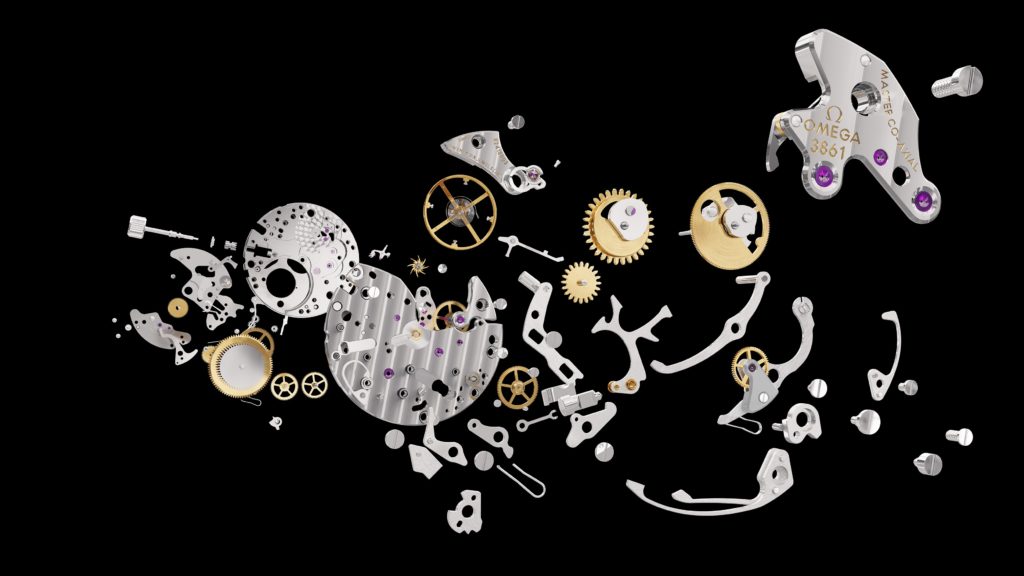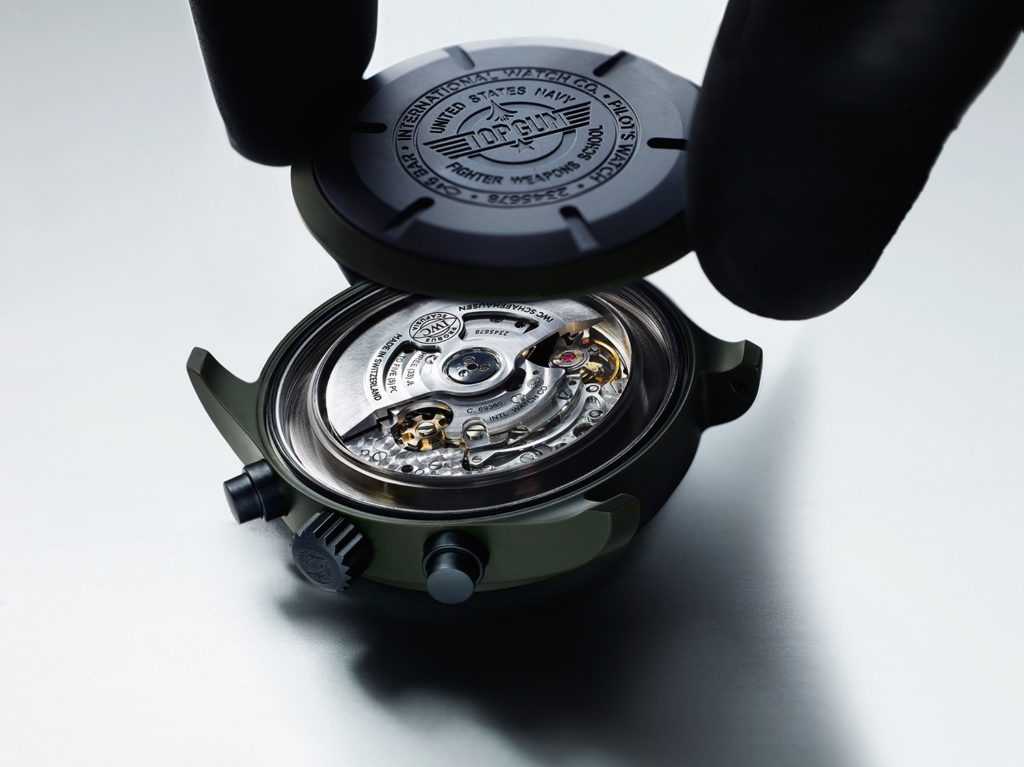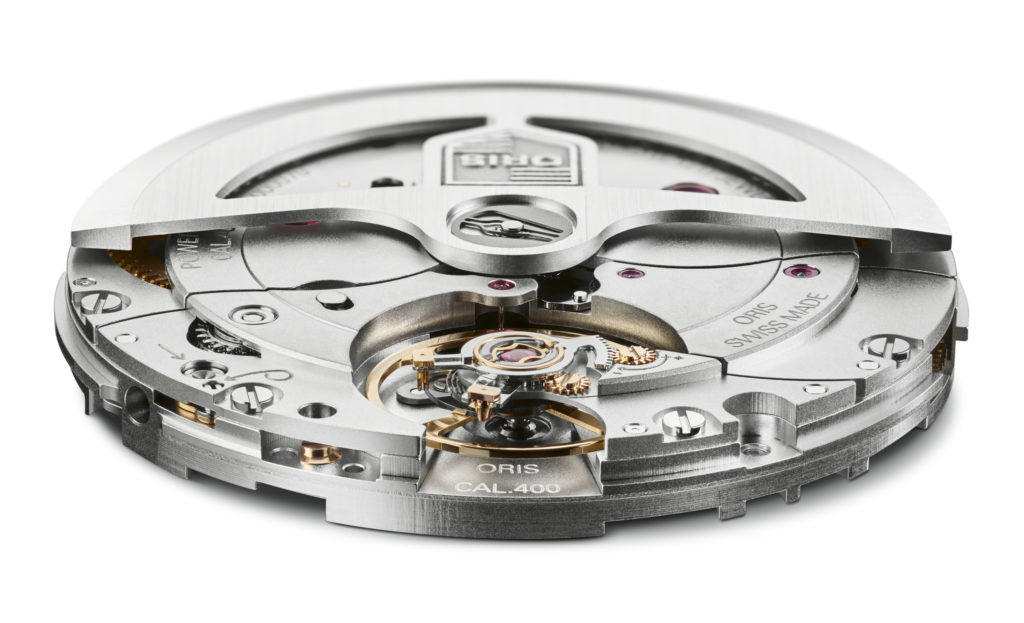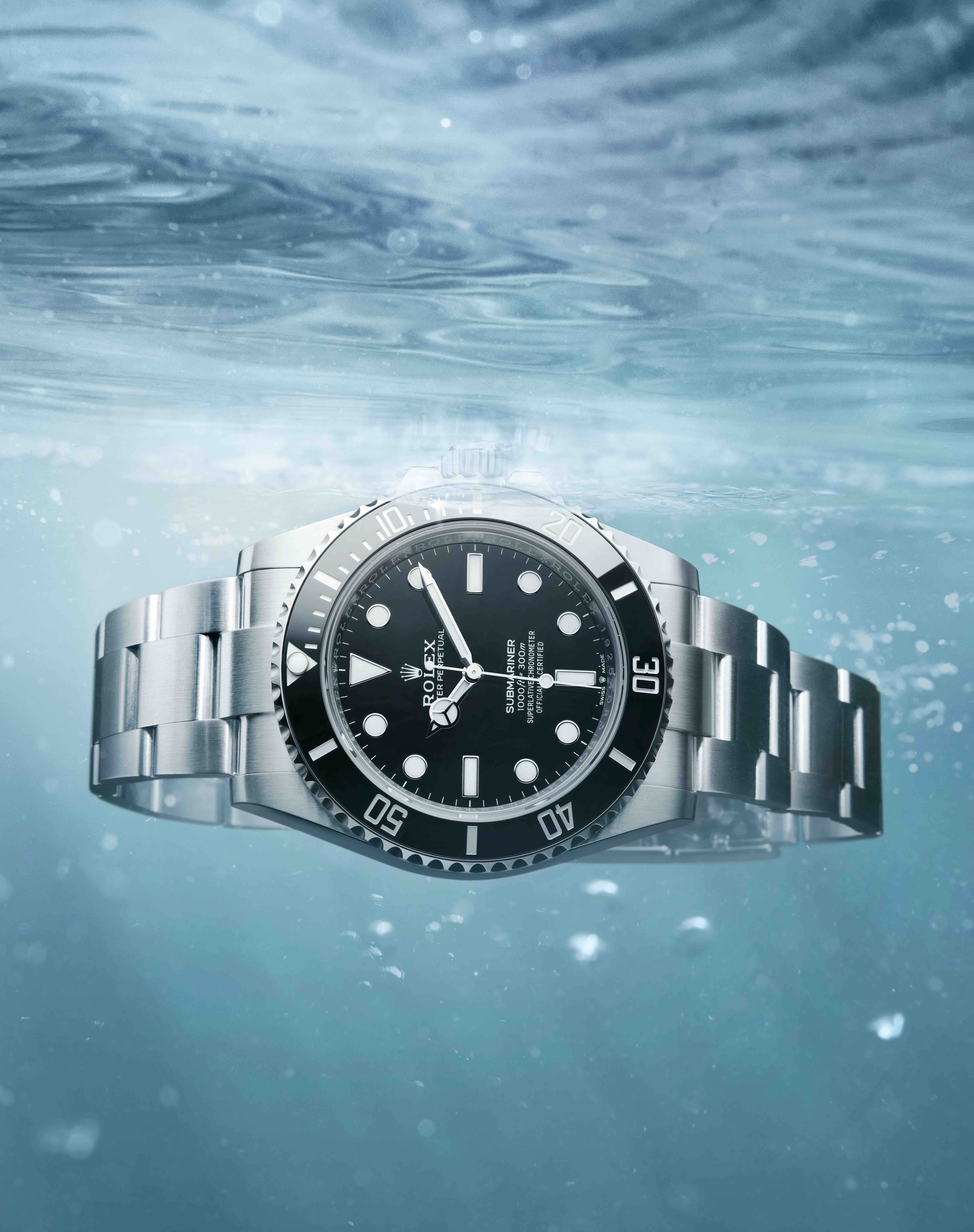A mechanical watch -just like your car and your bicycle- needs maintenance. And the watchmaker's bill can sometimes be as high as that of your garage. But why is that anyway? What happens during a service? And what should you take into account during proper watch maintenance?
Text: Thomas van Straaten
In any mechanical watch, there are dozens, sometimes even hundreds of parts in the movement that are constantly moving. In the process, they come into contact with each other and will inevitably wear out. This wear and tear makes for less smooth operation and compromises precision. Hence, such a watch needs regular maintenance. It is often advised to have a mechanical watch serviced once every five years. Note: we are talking about standard watch maintenance, not a specific repair of any accidental damage.
However, that five-year interval is not set in stone. After all, it makes quite a difference whether you wear a 60-year-old flyback chronograph daily, or a brand new diver only on weekends.

Still, wearing little does not mean you can skip service or put it off indefinitely. This has to do with the oil in the watch. These minute amounts of oil serve as a lubricant for the moving parts, but will thicken over time, increasing resistance. This happens whether you wear the watch or not, and it causes your watch to run slower. This is exactly why your watchmaker will often adjust the movement slightly too fast during a service. After all, it will automatically start running slower again and thus stay within an acceptable deviation for just a little longer.
But the importance of smooth oil, as in that car, is greater than that. When the oil no longer does its job efficiently, excessive friction and therefore éxtra wear can occur. Gears can wear off and axles can wobble in their synthetic-rubber settings. Often, these are relatively cheap and easily available replacement parts. Sometimes, however, a part has to be completely remanufactured. And especially with rare, old timepieces, this is definitely something to consider when buying them.
What is done during a service?
Postponing watch maintenance can therefore lead to a considerably higher bill, even for recent and relatively simple movements. Ideally, you should have your watch serviced before it starts showing signs of trouble. Have you noticed that your watch is lagging behind more and more? Then it is definitely time for a service. During a 'full service', the watchmaker will take the movement out of the case and completely dismantle it. All parts come apart and are neatly arranged so that it can also be easily reassembled later.

The parts are then 'rinsed', or thoroughly cleaned. The old oil, any deposits, oxidation and dirt are removed. Everything is then reassembled, re-lubricated and adjusted. The latter involves using the calibre's adjusters to make it run at the right speed.
The gaskets will also be replaced. Those gaskets are between the case and the crown, back cover and glass. Among other things, they are crucial for a watch's water resistance. After some years, these rubber rings become drier, and therefore less reliable. Delaying a service can therefore suddenly pay off in condensation on the inside of the gas. And then you are a lot further from home.
After the watch is fully reassembled, a pressure test is performed. The watchmaker checks whether the watch can handle the specified pressure (usually indicated on the dial or back case) again. This ensures that a water-resistant watch can actually go back into the pool or sea.
Of course, the watchmaker may come across worn or damaged parts during service work. Depending on the type of part and your agreements with the watchmaker, they will be replaced immediately. Especially when it comes to visible parts -think of a dial or hands- it is important that the watchmaker knows exactly what you want. After all, on an original vintage watch, you would rather have a spot than a replacement dial.
Innovations make life easier
The watch world may lean heavily on history, but it certainly does not stand still. Reducing friction has always been an important goal in the development of new timepieces. A longer service interval is one of its major advantages. Omega in 1999, for example, introduced George Daniels' innovation, the co-axial escapement. The big advantage of this invention is less friction and therefore less wear.

Oris' recent Caliber 400 is another great example. By reducing friction, a longer service interval has been achieved. The rotor of the automatic, for example, is not fixed with the typical ball bearings, but with a simpler, sliding suspension. This reduces friction and therefore wear. Oris can therefore recommend and even guarantee a service interval of as much as 10 years. However, so-called 'water resistance checkups' are not included in this. So if you swim, shower or dive with your watch, it is smart to have the gaskets replaced in between.
Rolex also advises its customers to have recent models serviced once every 10 years. This was unthinkable not so long ago. And again, having water resistance checked in the interim is highly recommended.
Have case and band serviced too?
Usually, as a customer, you can choose whether you also want to have the exterior of your watch refurbished. This is often called layout, refinishing, or polishing. However, the latter term does not quite cover it, as watches often have different surface finishes, not just polished ones.
Here, however, some caution is required. This is because the craftsmanship of the watchmaker in question is of great importance. This is because this 'servicing' of the case and strap involves removing a minute amount of material. If this is done too deeply, or not precisely enough, the watch will lose its shape. Especially if it is done several times over the years, you may be left with a 'chewed-off' watch. Scroll past some vintage watches on the internet with this look; you will come across many examples of uneven and thin case legs, rounded edges and too-soft transitions between shiny and brushed surfaces.
So have the case and strap touched up only when they are really badly scratched, not just because it is offered for free at the service. And if you are not bothered by some signs of age, Then just skip that refinishing altogether. If you do want to have it done, make sure you study clear before-and-after photos of previous work by your watchmaker beforehand. Or just have it done at the watch brand itself. After all, they did the original finish too, so if anyone can do it...

Practical tips
1: service papers
If you have your watch serviced, always ask for an itemised bill. Especially if you do it at the watch brand itself. This way, you can build up a service history that can be valuable if you ever want to sell your watch. For a buyer-whether a private individual or a dealer-it is of great value to know how the watch has been serviced. Especially if it has been done recently. After all, that may save the new owner high costs in the short term. Always check whether the unique serial number of your watch is on the service receipt. Only then will a dealer buy it from you as 'serviced'.
2: Beware of the just-not-service
If you buy a second-hand watch, it's nice if it has just been serviced. Beware of terms like 'checked', 'tuned' or 'checked by our watchmaker'. These are fancy terms that do not refer to a full service.
3: Factor in service costs
Finally, be prepared for the periodic costs that come with owning a watch. Every mechanical watch needs maintenance. A skilled watchmaker will spend hours doing this, resulting in a bill of a few hundred euros or more. And of course, it is always nicer when you were mentally and financially prepared for this.



